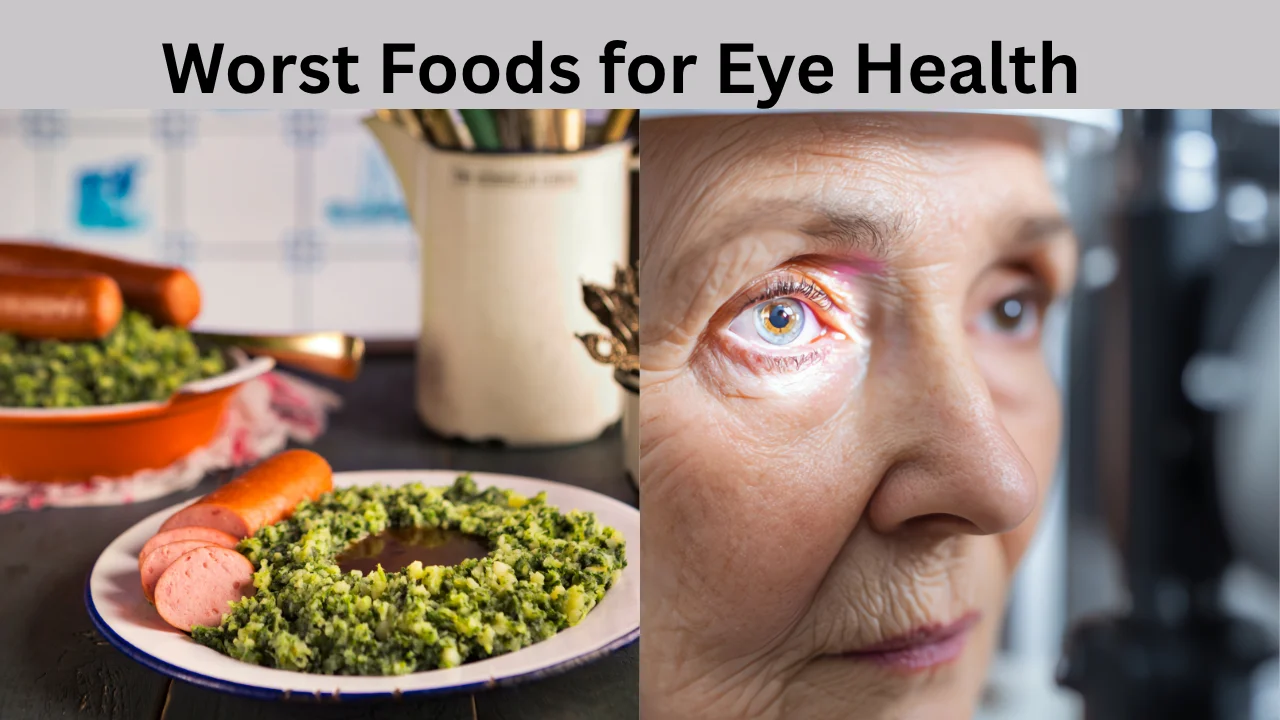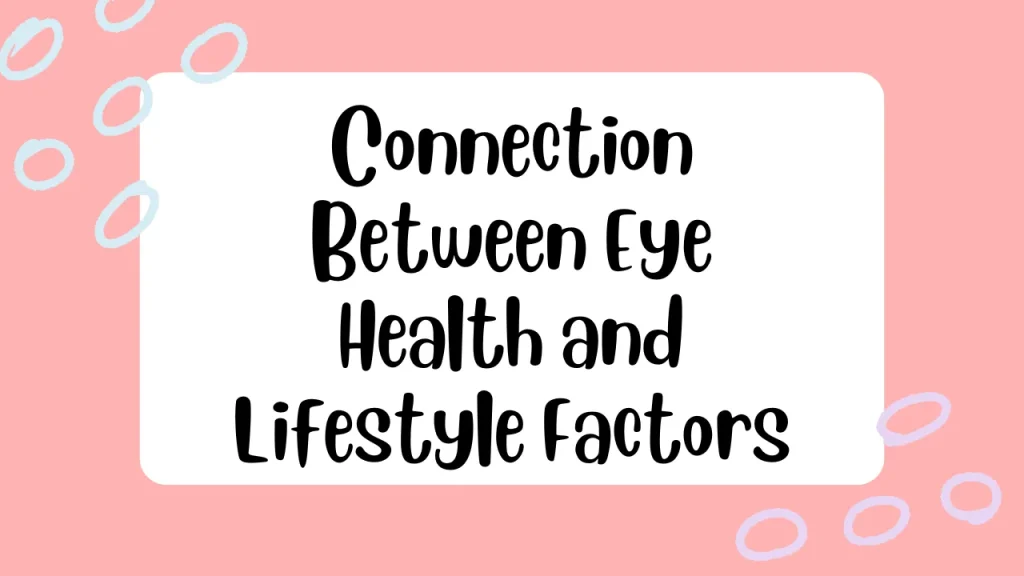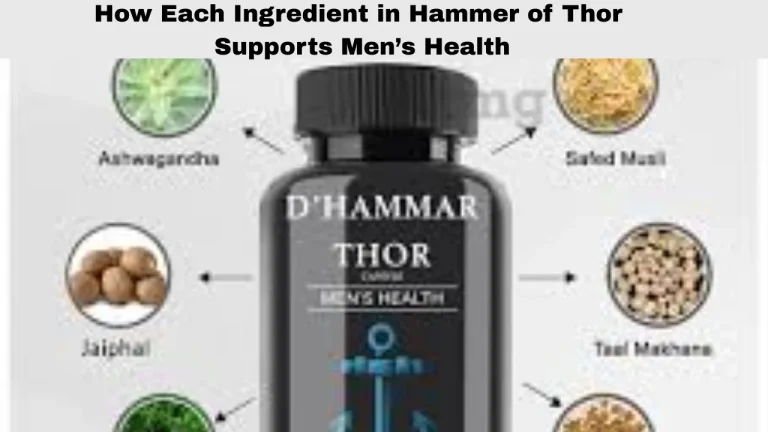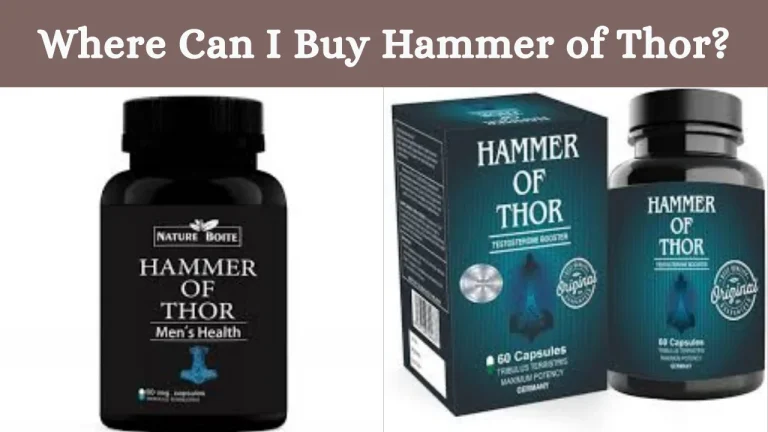Worst Foods for Eye Health That Increase Eye Pressure

Good vision is one of the most precious gifts, yet many people ignore how their diet affects their eyes. What you eat every day can either protect or harm your eyesight over time. Some foods contain nutrients that strengthen your eyes, while others silently damage them. Understanding the worst foods for eye health is essential for preventing diseases like cataracts, macular degeneration, and diabetic retinopathy.
Before exploring the list, it’s important to remember that food choices affect the whole body. A balanced diet supports not just your eyes but your complete well-being. To learn more about health programs and awareness efforts, you can also check wb health opd ticket, which provides community health guidance in many regions.
What Are Worst Foods?
The worst foods for eye health are those that increase inflammation, raise blood sugar, or damage blood vessels over time. Sugary foods like candy, soda, and pastries are among the most harmful because they cause spikes in blood sugar that can damage the retina and lead to diabetic eye disease. Fried foods and snacks with trans fats also hurt your eyes by blocking oxygen supply to the retina and increasing cholesterol levels. Highly processed and salty foods, including canned soups, instant noodles, and processed meats, raise blood pressure, which can weaken the tiny blood vessels inside your eyes.
Red meat and full-fat dairy products add extra saturated fats that reduce healthy blood flow to the eyes, while refined carbohydrates such as white bread and pasta trigger insulin spikes that harm vision health. All these foods, when eaten too often, reduce the amount of protective nutrients your eyes need to stay strong and clear. By limiting these items and choosing more natural, whole foods, you can protect your eyes and maintain better vision throughout life.
How Unhealthy Foods Harm Your Eyes
The eyes are made of tiny blood vessels, nerve cells, and light-sensitive tissues. When these structures don’t get enough nutrients or are exposed to too much sugar or fat, they start to deteriorate. High sugar leads to diabetic eye problems, while excess salt raises blood pressure, damaging the retina.
Similarly, trans fats and cholesterol narrow blood vessels, preventing oxygen from reaching eye tissues. Over time, this damage can cause blurred vision or even blindness. By avoiding the worst foods, you can lower your risk of these serious problems.
Sugary Foods and Drinks: The Hidden Danger
Sugary foods may taste delicious, but they are among the top worst foods. High sugar intake increases glucose levels in your blood, leading to inflammation and vessel damage. When this happens, the retina — the part responsible for vision — suffers.
Regularly consuming soda, candy, pastries, and other sweet snacks increases the risk of diabetic retinopathy, a condition that can lead to blindness. Studies show that people with uncontrolled sugar levels have higher chances of developing eye diseases earlier in life.
| Sugary Food | Effect on Eyes | Healthier Option |
|---|---|---|
| Soda & soft drinks | Damages blood vessels in retina | Water or unsweetened tea |
| Candy & desserts | Increases risk of diabetic retinopathy | Fruits or yogurt |
| Sweetened cereals | Spikes insulin and blood sugar | Oats or whole-grain cereals |
Replacing sugar-heavy items with natural sweeteners or fruits can protect your eyes and maintain energy levels throughout the day.
Refined Carbs and White Flour Products
Refined carbohydrates like white bread, pasta, and rice digest quickly and raise blood sugar levels. Over time, these spikes can harm your retina and increase the risk of age-related macular degeneration (AMD).
Since refined grains lose their fiber and nutrients during processing, they contribute little to eye health. Instead, choose whole grains rich in vitamins and minerals that support better circulation and nerve function.
People who regularly eat high-glycemic foods are more likely to develop AMD earlier than those who eat whole foods. Thus, avoiding these carbs is one of the smartest ways to protect your eyesight.
Fried Foods and Trans Fats: A Risk to Retinal Health
Fried foods might satisfy cravings, but they contain trans fats that are among the worst foods for eye health. These fats raise bad cholesterol (LDL) and reduce good cholesterol (HDL), which affects blood flow to the eyes.
Over time, trans fats increase inflammation and oxidative stress, causing long-term damage to the retina and optic nerve. Fast foods, deep-fried snacks, and processed baked goods are typical sources.
Eating these foods daily may lead to the buildup of fat deposits in the arteries, blocking oxygen supply to the eyes. Replacing fried snacks with baked or air-fried versions is a small but meaningful step toward better vision.
High-Sodium Foods and Eye Pressure
Salt makes food tasty, but too much of it harms your eyes. Excess sodium raises blood pressure, which affects small blood vessels in the retina. Over time, this can lead to hypertensive retinopathy, a condition where the retina becomes damaged due to high pressure.
Common high-salt foods include canned soups, instant noodles, and processed meats. These foods also contain preservatives that increase fluid retention, putting extra strain on the eyes.
Reducing salt and drinking enough water helps regulate pressure in the eyes and maintain proper hydration. Try using natural herbs and spices instead of table salt to flavor your meals.
Processed and Packaged Foods: Silent Eye Killers
Most people love the convenience of ready-to-eat meals and snacks, but these are among the worst foods for eye health. They contain high amounts of sodium, unhealthy oils, and artificial additives that damage both your body and eyes.
Consuming processed foods regularly can lead to obesity, high cholesterol, and diabetes — all major risk factors for vision problems. The eyes depend on healthy circulation and nutrients, and when the body’s system is overloaded with chemicals and fats, the eyes are among the first to suffer.
To maintain good vision, replace processed snacks with natural alternatives like nuts, fruits, and fresh vegetables. This simple change can have lasting effects on your eye health and energy levels.
Too Much Red Meat and Full-Fat Dairy
While red meat provides iron and protein, excessive consumption can harm your eyes. Saturated fats in red meat and full-fat dairy increase cholesterol levels, reducing blood flow to the retina. Studies suggest that high-fat diets are linked to macular degeneration and cataracts.
Switching to lean meats, fish, or plant-based proteins can improve vascular health and help maintain clear vision. Consuming red meat once or twice a week is enough for most people without risking eye complications.
| Food Type | Effect on Eyes | Safer Alternative |
|---|---|---|
| Red meat (daily) | Reduces blood flow to retina | Lean meat or fish |
| Butter & cheese | Raises cholesterol | Olive oil or plant-based spreads |
| Cream desserts | Adds saturated fat | Yogurt or fruit-based snacks |
Balancing protein intake with vegetables and healthy fats ensures your eyes get all the nutrients they need without the risk of excess cholesterol.
Connection Between Eye Health and Lifestyle Factors

Diet is not the only factor affecting your vision. Sleep, exercise, hydration, and screen time also play key roles. However, a poor diet often amplifies other bad habits, making eye problems worse.
People who smoke, drink alcohol excessively, or spend long hours on digital screens are at greater risk. Combined with poor nutrition, these habits accelerate cell damage in the eyes. Maintaining a balanced lifestyle helps maximize the benefits of avoiding the worst foods for eye health.
At this point, it’s useful to note that dietary effects on eyes are part of broader health education topics. Many public health studies like determinants of health ppt explore how nutrition, lifestyle, and environment influence overall well-being, including vision.
The Role of Nutrients in Eye Protection
Avoiding bad foods isn’t enough; you must also eat the right ones. Nutrients like lutein, zeaxanthin, vitamin A, C, and E, as well as zinc and omega-3 fatty acids, are essential for eye protection.
They act as antioxidants, preventing free radicals from damaging your eye cells. Green leafy vegetables like spinach and kale, along with carrots, citrus fruits, and fish, are excellent choices. These foods counteract the effects of poor diets and help delay aging-related eye problems.
| Nutrient | Benefit | Best Sources |
|---|---|---|
| Vitamin A | Prevents night blindness | Carrots, sweet potatoes |
| Lutein & Zeaxanthin | Protects retina and lens | Kale, spinach, eggs |
| Vitamin C | Strengthens blood vessels | Citrus fruits, peppers |
| Omega-3 | Reduces inflammation | Salmon, flaxseeds |
| Zinc | Supports retinal health | Nuts, seeds, beans |
Adding these foods to your meals is one of the easiest ways to keep your eyes healthy for years to come.
Creating a Balanced Eye-Healthy Meal Plan
A healthy daily meal plan for your eyes should include colorful fruits, leafy greens, lean proteins, and whole grains. Start your day with oats, include green vegetables for lunch, and finish with fish or beans for dinner. Drink plenty of water and avoid sugary or carbonated drinks.
Snacks like almonds, walnuts, and blueberries provide antioxidants and healthy fats. Consistency is key. Even small dietary improvements can prevent eye strain, dryness, and long-term vision loss.
Conclusion:
Your eyesight deserves the best care, and that begins with what you eat. Eliminating the worst foods for eye health from your diet will not only strengthen your vision but also improve your overall wellness. Sugary foods, processed snacks, and fried items may be tempting, but they come at the cost of your long-term eye health.
By focusing on natural, nutrient-rich foods, you ensure that your eyes stay strong and clear for years. Remember — healthy eating isn’t just about living longer; it’s about seeing the beauty of life clearly every day.






